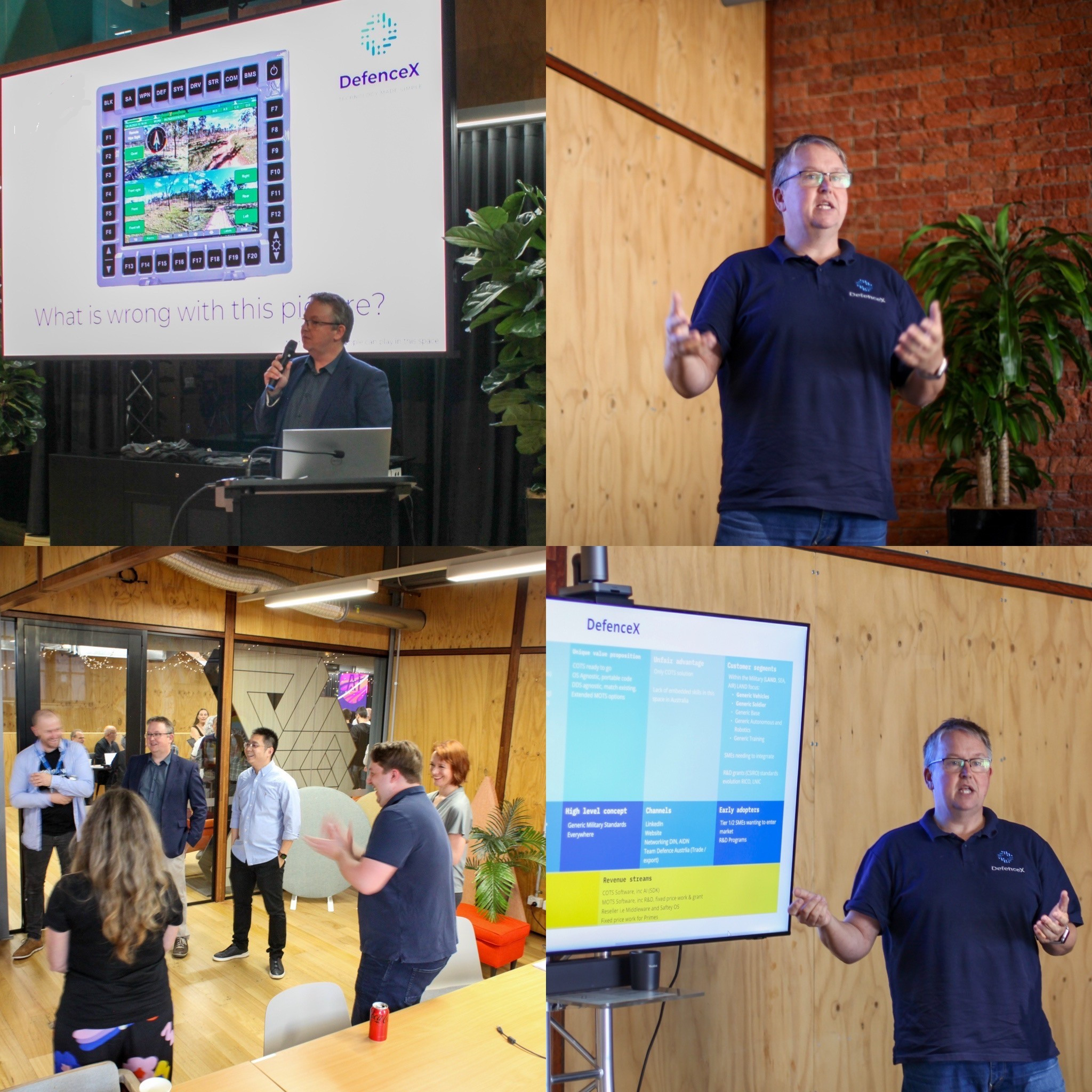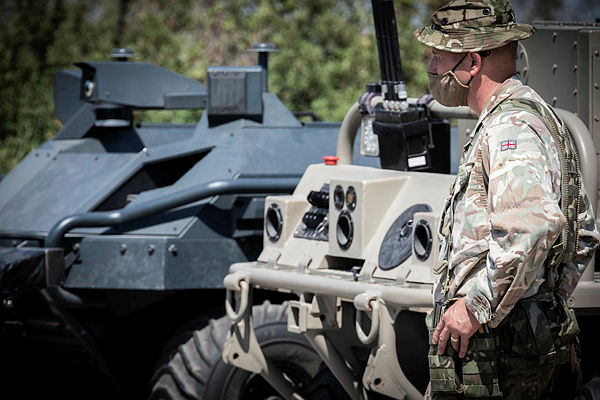Pushing Boundaries with AI Acceleration and the Generic Vehicle Architecture
Introduction:
DefenceX, a leading innovator in the defense industry, has recently taken a significant step forward in revolutionizing the utilization of artificial intelligence (AI) at the defense edge. The company proudly announced its participation in the Queensland AI Hubs Launch AI accelerator program, aimed at refining their product offerings and leveraging open standards to bring AI to the forefront of defense operations. Working alongside a community of talented entrepreneurs in the AI space, DefenceX is poised to make groundbreaking advancements in situational awareness and command, control, communications, computers, intelligence, surveillance, and reconnaissance (C4ISR).
Unlocking the Power of AI at the Defense Edge:
The Defense industry is no stranger to innovation, constantly seeking ways to enhance operational efficiency, decision-making processes, and overall situational awareness. By participating in the Queensland AI Hubs Launch AI accelerator program, DefenceX has shown its commitment to pushing the boundaries of what AI can achieve within defense operations. This collaboration with other visionaries in the AI field provides DefenceX with a unique opportunity to refine their product offerings and explore new possibilities.
The Power of Open Standards:
DefenceX recognizes the importance of open standards in developing cutting-edge solutions for the defense industry. By leveraging open standards, DefenceX can create flexible and interoperable systems that seamlessly integrate with existing defense infrastructure. This approach ensures that the benefits of AI technology can be harnessed without compromising the integrity of existing defense systems. The company’s dedication to open standards further demonstrates their commitment to collaboration and compatibility across the defense industry.
Showcasing Capabilities: The Generic Vehicle Architecture:
As part of their commitment to pushing the boundaries of AI in defense, DefenceX is actively developing a Generic Vehicle Architecture (GVA) technology demonstrator. This project, housed in their new office space located in the Fortitude Valley Precinct, will serve as a showcase for DefenceX’s cutting-edge capabilities. The GVA technology demonstrator is poised to revolutionize vehicle operations within the defense sector, offering advanced features such as autonomous navigation, real-time data analytics, and enhanced situational awareness. By leveraging AI and open standards, DefenceX aims to provide defense forces with a future-ready vehicle architecture that enhances operational effectiveness and response capabilities.
Looking Ahead:
DefenceX’s participation in the Queensland AI Hubs Launch AI accelerator program marks an exciting new chapter for the company. By collaborating with other talented entrepreneurs in the AI space, DefenceX is at the forefront of driving innovation within the defense industry. The upcoming completion of the GVA technology demonstrator in their Fortitude Valley office space is a testament to their dedication to pushing the boundaries of what is possible in defense technology. As DefenceX continues to refine their product offerings and expand their capabilities, the defense industry eagerly awaits the transformative solutions that lie ahead.
In conclusion, DefenceX’s participation in the Queensland AI Hubs Launch AI accelerator program signifies their commitment to bringing AI to the defense edge and revolutionizing defense operations. By leveraging open standards and collaborating with talented entrepreneurs in the AI space, DefenceX is positioning itself as a trailblazer in the industry. The development of the Generic Vehicle Architecture technology demonstrator further showcases their dedication to delivering cutting-edge solutions for enhanced situational awareness and C4ISR capabilities. As DefenceX continues to make strides in AI technology, the future of defense operations looks promising with increased efficiency, effectiveness, and adaptability on the horizon.

